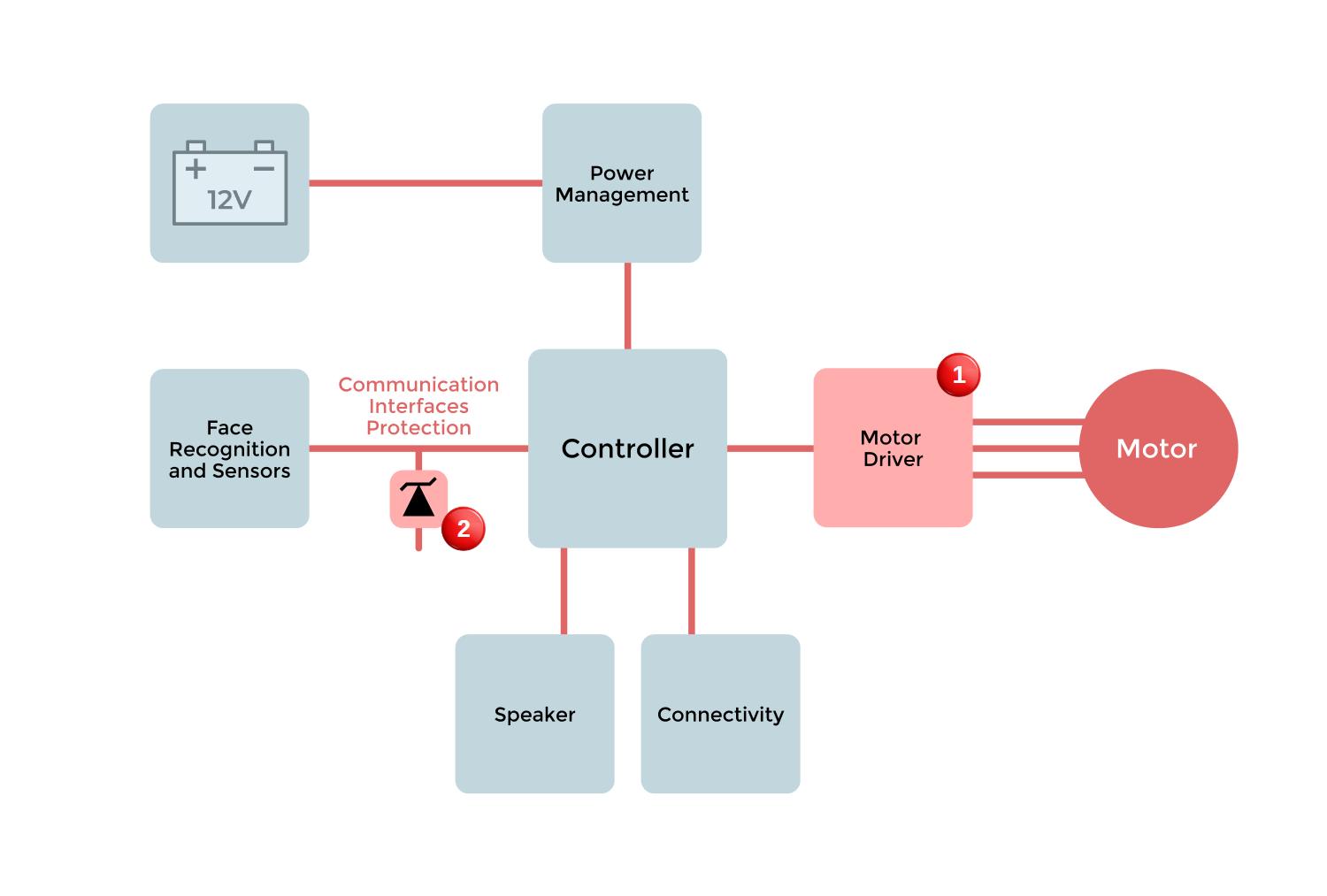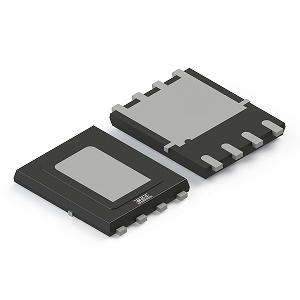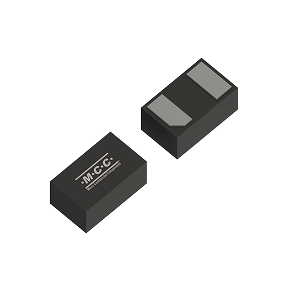/ Balancing Security and Convenience
Research by the Consumer Technology Association (CTA) revealed around 70% of U.S. households utilize smart home devices — a number that will only increase. Smart door locks are popular because they deliver easy access through a range of methods, including:
- Smartphone apps
- Keypads
- Fingerprint scans
- Facial recognition
This anytime, anywhere access requires high levels of security to ensure unauthorized visitors can’t let themselves in. Whether installed in new homes or retrofitted into existing ones, smart door locks often integrate with home security systems and at-home smart assistants like Alexa.
/ Application Considerations
When designing smart door locks, engineers should incorporate the following:
- Security - robust encryption and authentication measures must be implemented to prevent unauthorized access, whether remote or onsite
- Ease of use/convenience - the HMI or user interface must be intuitive and easy to use with little to no instruction and provide convenient access through multiple access points
- Reliability in harsh conditions - components are required to be durable enough to withstand a range of temperatures, humidity, and power fluctuations and include tamper-resistant features
- Efficient power management - smart door locks need to operate as efficiently as possible to reduce battery consumption and extend their lifespan
- Low on-resistance - because smart door locks rely on grid power and battery back-ups, maximizing efficiency is crucial
- ESD protection - preventing damage from electrostatic discharge and other transient events is a necessity
- Compact size - compact component packages ensure the device operates effectively when installed on doors with limited space
- Integration with other home devices - compatibility with security systems and at-home assistance is essential
- Aesthetics - smart door locks should complement the home’s door and surroundings
- Accessibility - designs demand easy access for individuals with disabilities, including placement of keypads and handles
- Compatibility with doors and hardware - smart lock design requirements include integration with the existing home or office doors
/ Block Diagram

/Recommended Products
No matter the application or industry, MCC has the components and service you need to get to market faster and reduce overall costs.
EXPLORE CONSUMER SOLUTIONS



